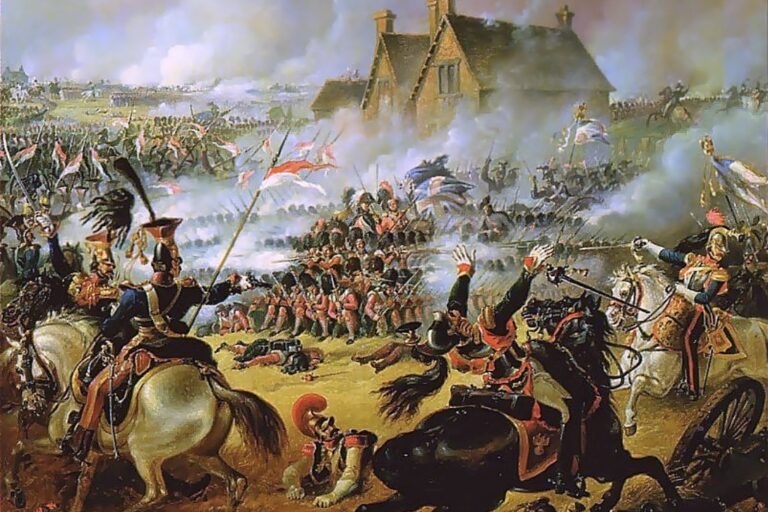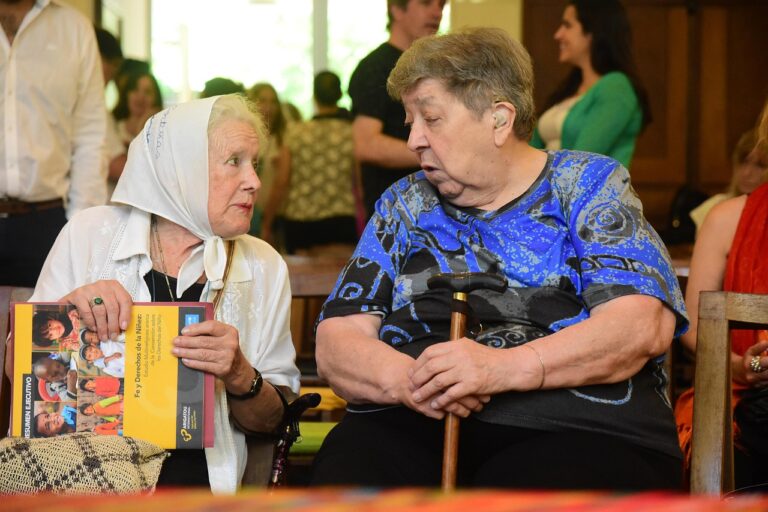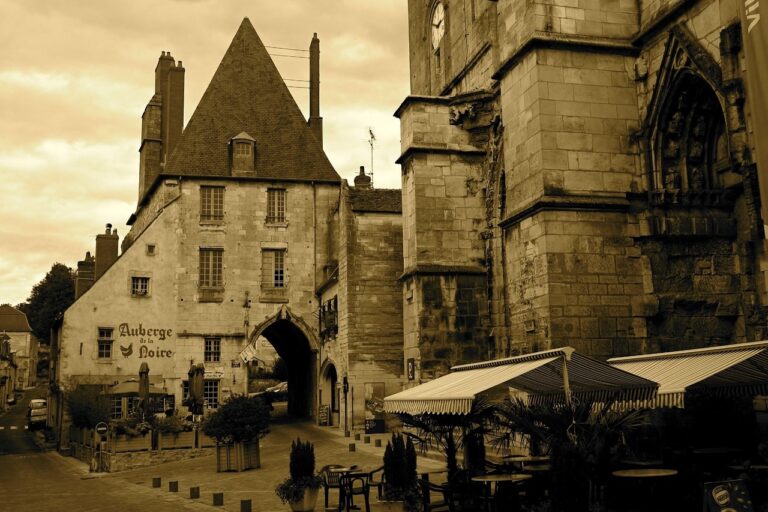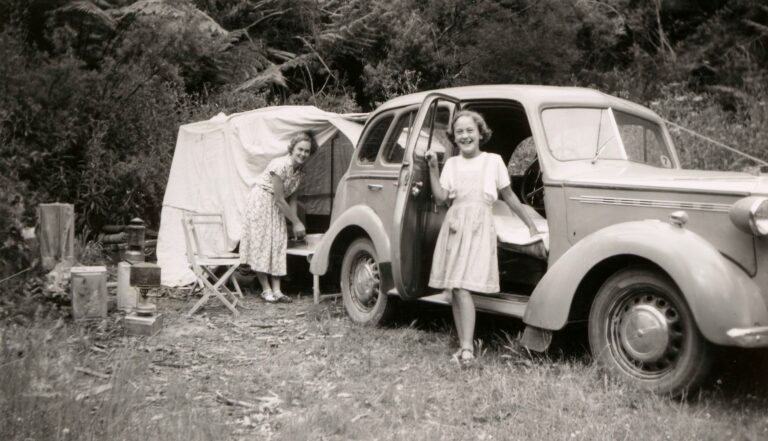What people think a family tree looks like
A family tree is a visual representation of your ancestry, showing how different generations of your family are connected. Think of it as a map, helping you trace your roots and understand where you come from.
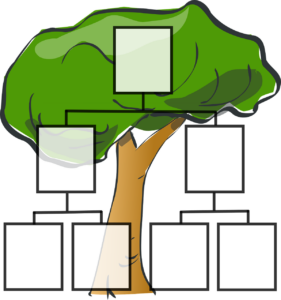
Family trees start with a single person (usually you!) and branch out to include parents, grandparents, great-grandparents, and beyond. The branches can also include siblings, cousins, aunts, uncles, and other relatives, creating a clear picture of your family’s structure. So that quickly becomes a LOT of branches. . .
What it Actually Looks Like!

At its core, a family tree represents your Heritage. It shows the people who came before you and highlights the connections that shape your identity. For many, it’s a way to honor and preserve the memory of their forebears. But even just knowing who your family is, and how their lives were connected, can give you a sense of belonging and history.
A family tree doesn’t just show names and dates — it tells a story of your family’s journey through time. That’s why detailed research into your ancestry always tries to include details of where people lived, where they worked, and other information that adds color to their lives gone by.
A family tree also represents Relationships. It shows how you are linked to the people around you. For example, you might learn that your grandfather’s cousin is your second cousin once removed. These connections help you understand the roles people play in your life. By exploring your family tree, you can discover relatives you may not have known about or learn more about family members you’ve only heard stories about.
Another thing a family tree represents is Legacy. Each branch is a reminder of the lives and experiences that have shaped your family over time. It can reveal fascinating details about where your family came from, such as their migration patterns, cultural traditions, or historical events they lived through. You might learn that your ancestors came from a small village in Ireland or that they worked as farmers, teachers, or sailors. These details connect you to your past and give you a sense of pride in your family’s journey.
For some, a family tree also represents Discovery. It can be the starting point for uncovering hidden stories, solving family mysteries, or answering questions about your ancestry. With tools like DNA testing and genealogy research, your family tree can grow and become more detailed over time. You might find out you have distant cousins in another country or discover a family connection to a famous historical figure. And sometimes you might learn you have long-lost relatives living close by!
Lastly, a family tree represents Continuity. It shows how the past, present, and future are linked. By learning about your ancestors, you can better understand the traditions, values, and characteristics passed down through your family. It also allows you to pass this knowledge on to future generations, helping them understand their roots.
So remember, a family tree is more than just names on a chart. It symbolizes your heritage, relationships, legacy, discovery, and continuity.
Having me build your family tree or learning how to research it on your own, allows you to honor the past, celebrate the present, and create a bridge to the future.
It’s humbling to think we’re all part of a larger story — one that connects us to the people who came before us and those who will come after.
